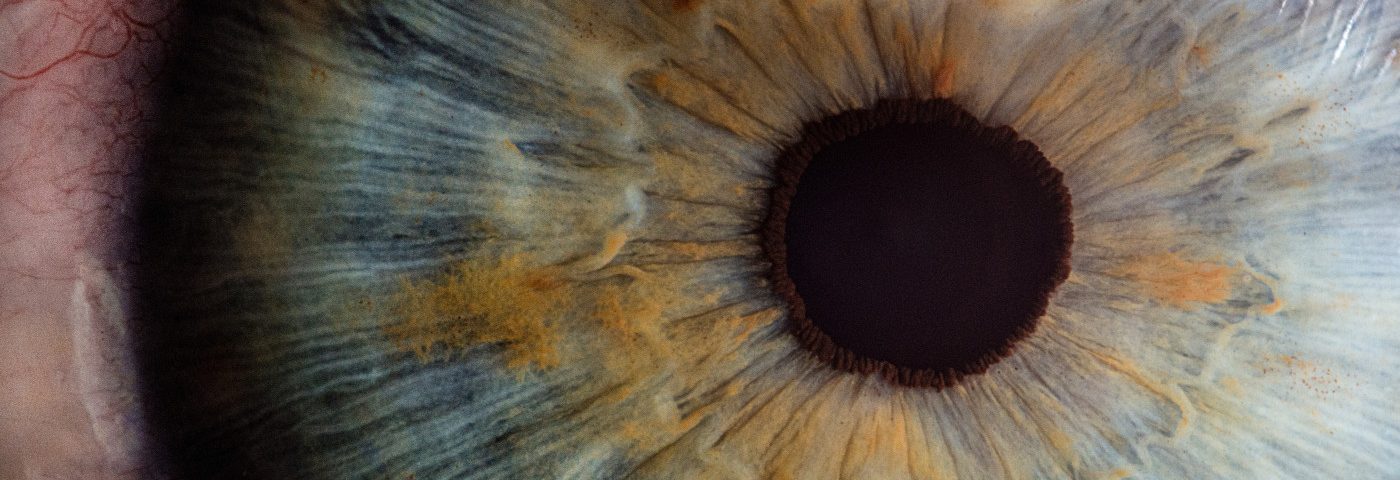Herpes simplex keratitis, an eye infection that develops as a result of the herpes virus, has a wide range of symptoms and can lead to significant visual impairment, a Nepalese study found.
The findings were reported in “Clinical Pattern And Visual Impairment Associated With Herpes Simplex Keratitis,” a study published in Clinical Ophthalmology.
Two common causes of neurotrophic keratitis (NK) are infection with herpes simplex virus 1 (HSV1) — the same virus that causes cold sores — or herpes zoster virus, which causes shingles.
Herpes simplex keratitis (HSK), or keratitis as a consequence of HSV1 infection, affects the cornea: the transparent front part of the eye that works like a window to focus the entry of light into the eye.
In developed countries, herpes simplex virus is the most common infectious causing-agent of corneal blindness, with 5.9 to 20.7 episodes occurring per 100,000 individuals per year. However, its contribution to keratitis in developing countries is less known.
Now, researchers assessed the incidence, clinical manifestations, and visual impairments associated with HSK in Nepal.
The team analyzed data from 302 patients diagnosed with HSK, mean age 41 years, who were examined at the Mechi Eye Hospital between January and December 2017.
Clinical manifestations and a detailed eye examination — including a measure of visual acuity using the Snellen chart, an intraocular pressure measurement, and a slit-lamp examination — were recorded for all patients on presentation.
The intraocular pressure measurement is a commonly used test to evaluate patients at risk of glaucoma. The slit-lamp examination evaluates the eyes for any abnormalities or problems, such as injury to the cornea.
Visual acuity measures an individual’s central vision, or the capacity to see detail. The Snellen chart consists of rows of letters, which get smaller further down the chart. A score of 6/6 indicates normal visual acuity, while a score of 6/60 indicates that the individual can only read the first line. That means that the person can see at 6 meters (20 feet) what someone with standard vision could see from 60 meters (197 feet) away. A score of 3/60 or less indicates that the individual is severely sight-impaired.
The array of tests are needed because HSK has a diverse set of clinical symptoms depending on which layer of the cornea is affected. Epithelial keratitis refers to injuries on the outer lay of the cornea, while stromal keratitis means the injury is to the middle layer of the cornea. Endothelitis refer to injuries on the inner layer of the cornea.
The analysis revealed that only 7.2% of the patients (22 people) had stromal keratitis with ulceration — a consequence of corneal epithelial breakdown.
Most patients (51.6%, 156 patients) had stromal keratitis without ulceration. A total 53 patients (17.5%) had epithelial keratitis — impacting the cornea’s outer layer — while 66 (21.8%) had endothelitis, affecting the inner layer. Only five patients (1.6%) had neurotrophic ulceration.
At presentation, 55.63% of the participants had visual acuity superior to 6/60 while 35.76% had visual acuity inferior to 3/60. However, of 175 cases that followed to six weeks since the first visit, 36 had visual acuity inferior to 3/60, making up 11.9% of the total population.
“This indicates the serious visual impairment that HSK can cause in a significant proportion of the population,” the researchers said.
The investigators said their study “shows that HSK has diverse presentations and can cause significant vision impairment.”
“In developing nations, due to higher incidence of fungal and bacterial keratitis, HSK is not studied much. Few epidemiological data are available on the subject, and since the disease is notorious for recurrence, long-term study is paramount to estimate the burden of visual morbidity caused by the disease,” they concluded.

